Malaysia Landmarks: 15 Must-See Tourist Attractions
Malaysia is known for its rich culture, diverse cuisine, and stunning landmarks. From the iconic Petronas Twin Towers to the beautiful Batu Caves, Malaysia has no shortage of landmarks to explore. These landmarks showcase the country’s history and culture and attract millions of tourists from around the world.
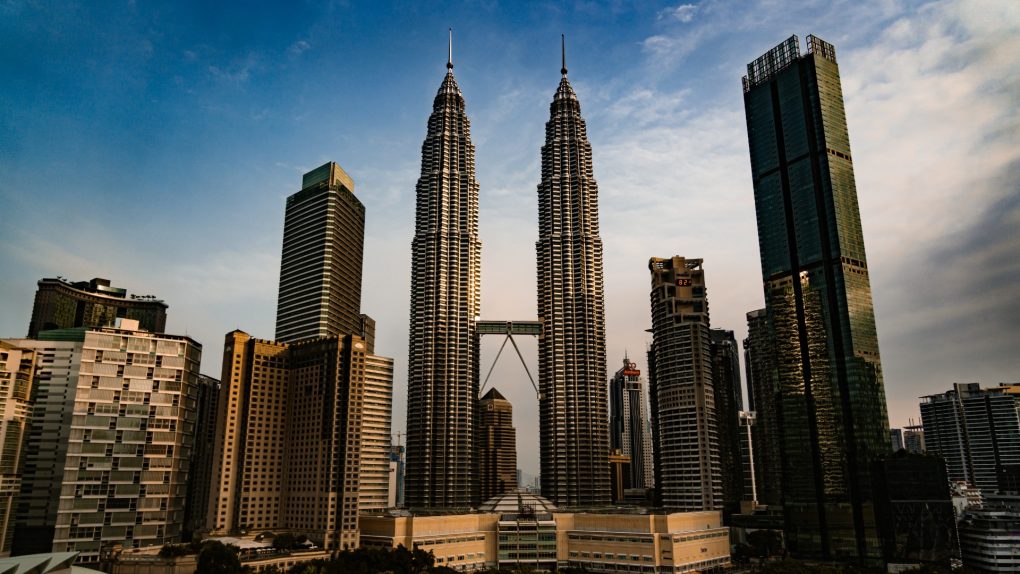

One of the most famous landmarks in Malaysia is the Petronas Twin Towers, located in Kuala Lumpur. Standing at 451.8 meters tall, the towers are the world’s tallest twin towers, symbolizing the country’s modern development. Visitors can enjoy breathtaking views of the city from the observation deck on the 86th floor and explore the shopping mall and park at the base of the towers.
Another landmark worth visiting is the Batu Caves, just outside Kuala Lumpur. The caves are home to several Hindu temples and shrines, and visitors must climb 272 steps to reach the main cave entrance. The stunning limestone formations and colorful murals make the climb well worth it, and visitors can also learn about the history and significance of the caves from the on-site museum.
Table of Contents
Historical Landmarks
Malaysia has a rich history that is reflected in its many historical landmarks. Here are three of the most significant ones:
A Famosa
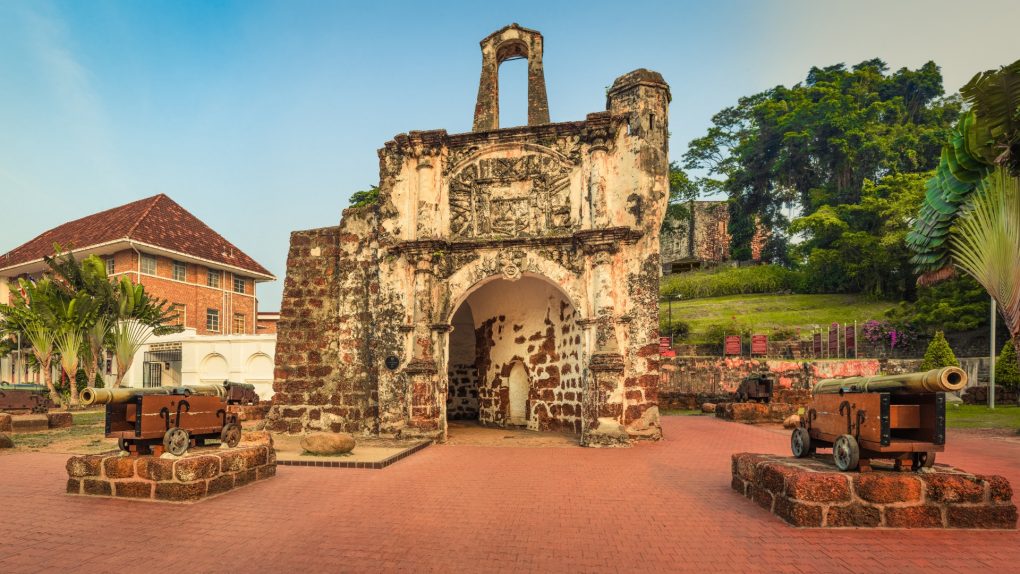

A Famosa is a Portuguese fortress located in Malacca. It was built in the early 16th century and is one of Southeast Asia’s oldest surviving European architectural remains. The fort was once a mighty stronghold that protected the city from invasion. Today, only a small gatehouse and a section of the rampart remain. Nevertheless, A Famosa is an important historical landmark worth visiting.
Fort Cornwallis
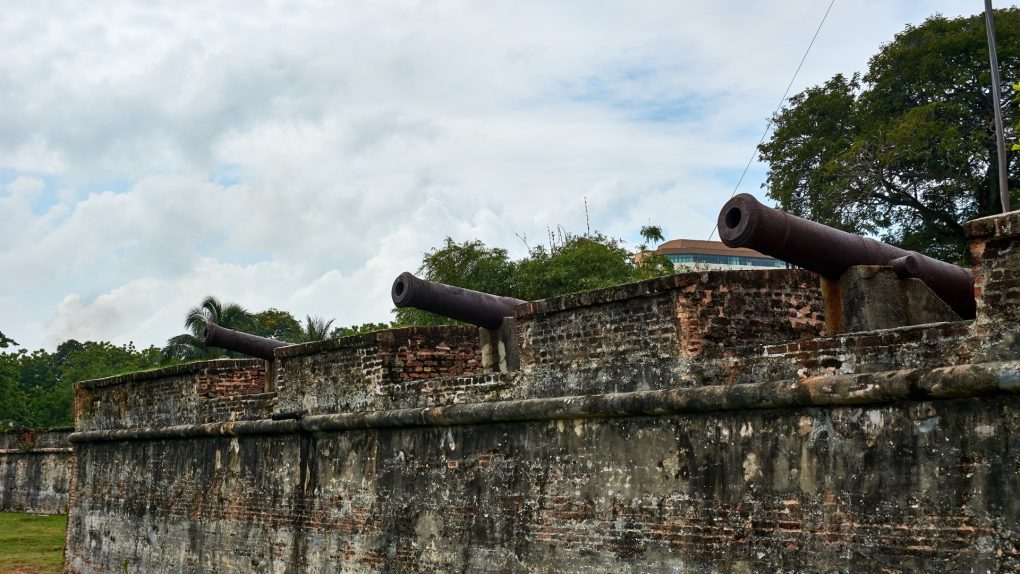

Fort Cornwallis is a British fort located in George Town, Penang. It was built in the late 18th century by Captain Francis Light, the city’s founder. The fort played a vital role in defending Penang against pirates and foreign invaders. Visitors can explore the fort’s walls, barracks, and cannons today. A museum on site also provides information about the fort’s history.
St. Paul’s Church
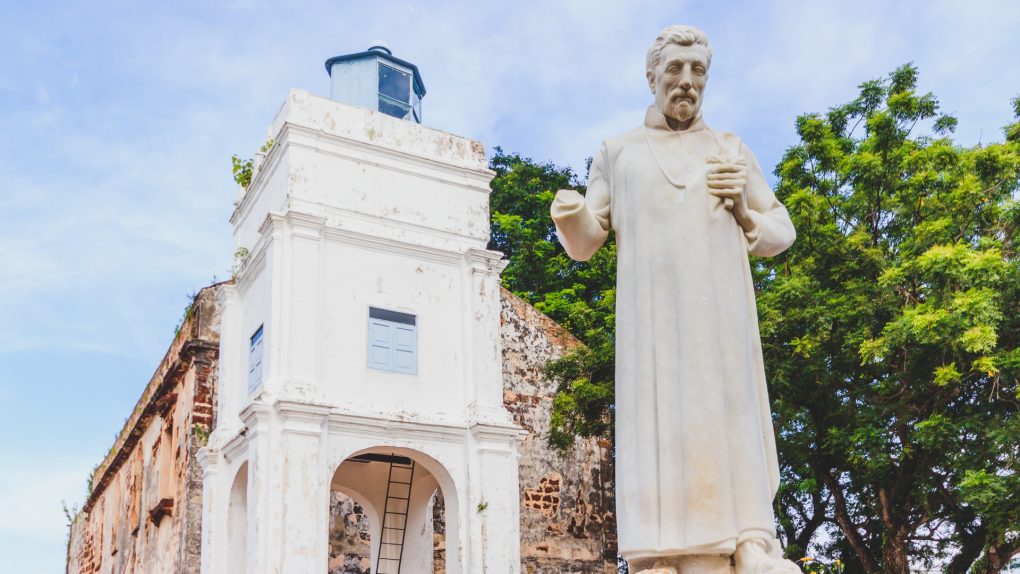

St. Paul’s Church is a historic church located in Malacca. The Portuguese built it in the early 16th century and was once the largest church in Southeast Asia. The church was later used as a burial ground for Dutch nobles and British officers. Today, only the ruins of the church remain, but they are still an impressive sight. Visitors can climb to the top of the hill where the church is located and enjoy panoramic city views.
In conclusion, these three historical landmarks are just a small sample of Malaysia’s rich history. Visitors to Malaysia should take the time to explore these and other landmarks to gain a deeper appreciation of the country’s past.
Religious Landmarks
Malaysia is a country with a rich cultural and religious heritage. Many religious landmarks throughout the country are worth visiting. Here are some of the most notable ones:
Batu Caves
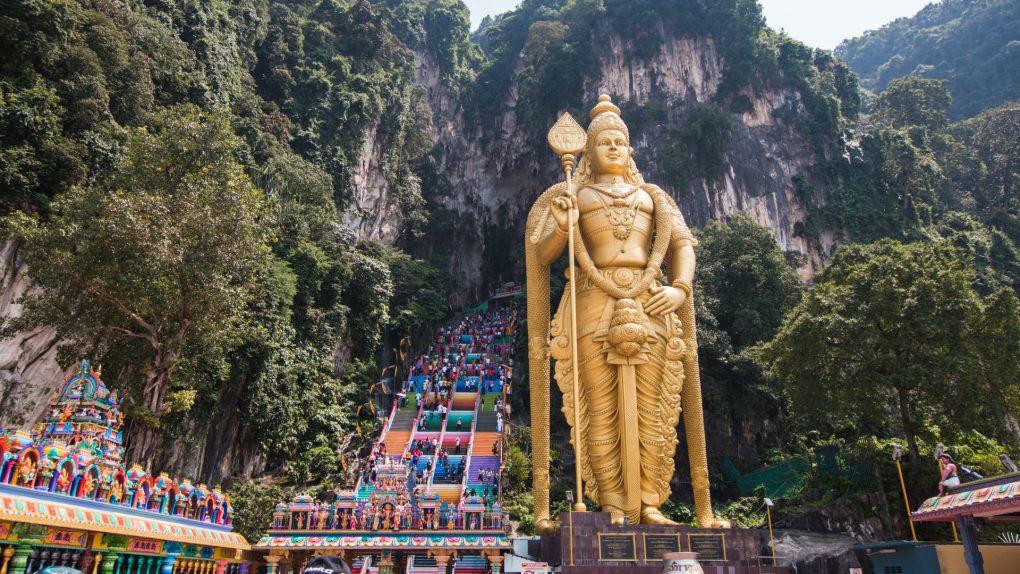

Batu Caves is a limestone hill home to caves and cave temples. The site is one of the most popular Hindu shrines outside of India. The main attraction is the Temple Cave, accessed by climbing a steep flight of 272 steps. Inside the cave, visitors can see various Hindu shrines and statues, and the site is also home to a large statue of Lord Murugan, the tallest statue of a Hindu deity in Malaysia.
Putra Mosque
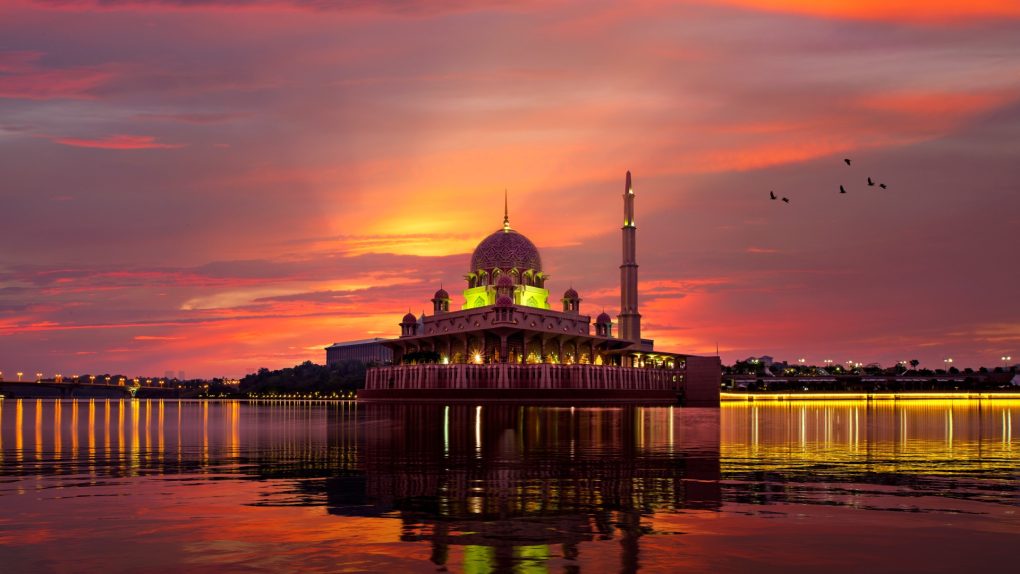

Putra Mosque is a beautiful mosque located in Putrajaya, the administrative capital of Malaysia. The mosque is pink granite and features a large dome and four minarets. The mosque’s interior is equally impressive, with intricate Islamic calligraphy and beautiful stained glass windows. Visitors are welcome to visit the mosque but must dress modestly and remove their shoes before entering.
Kek Lok Si Temple
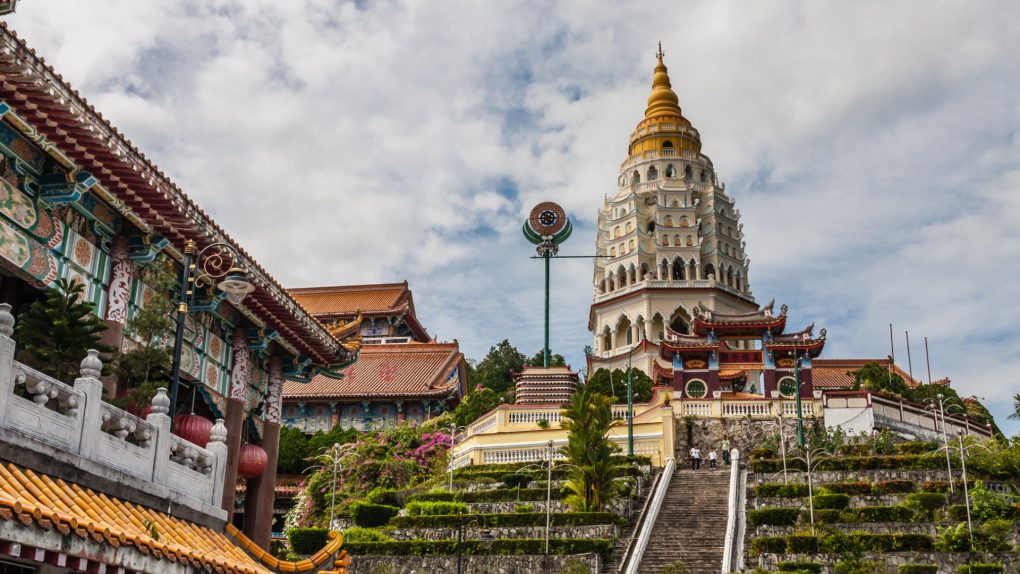

Kek Lok Si Temple is a Buddhist temple located in Penang. The temple is one of the largest Buddhist temples in Southeast Asia and features a mix of Chinese, Thai, and Burmese architecture. The Pagoda of Ten Thousand Buddhas is the main attraction, a seven-story pagoda that houses thousands of Buddha statues. The temple also features a large statue of the Goddess of Mercy, the largest in the world.
Overall, Malaysia has a rich and diverse religious heritage, and these landmarks are just a few examples of the many religious sites worth visiting. Whether you are interested in Hinduism, Islam, or Buddhism, there is something for everyone in Malaysia.
Natural Landmarks
Malaysia is home to some of the most stunning natural landmarks in the world, from towering mountains to lush rainforests and pristine beaches. Here are three of the most impressive natural landmarks in Malaysia:
Mount Kinabalu
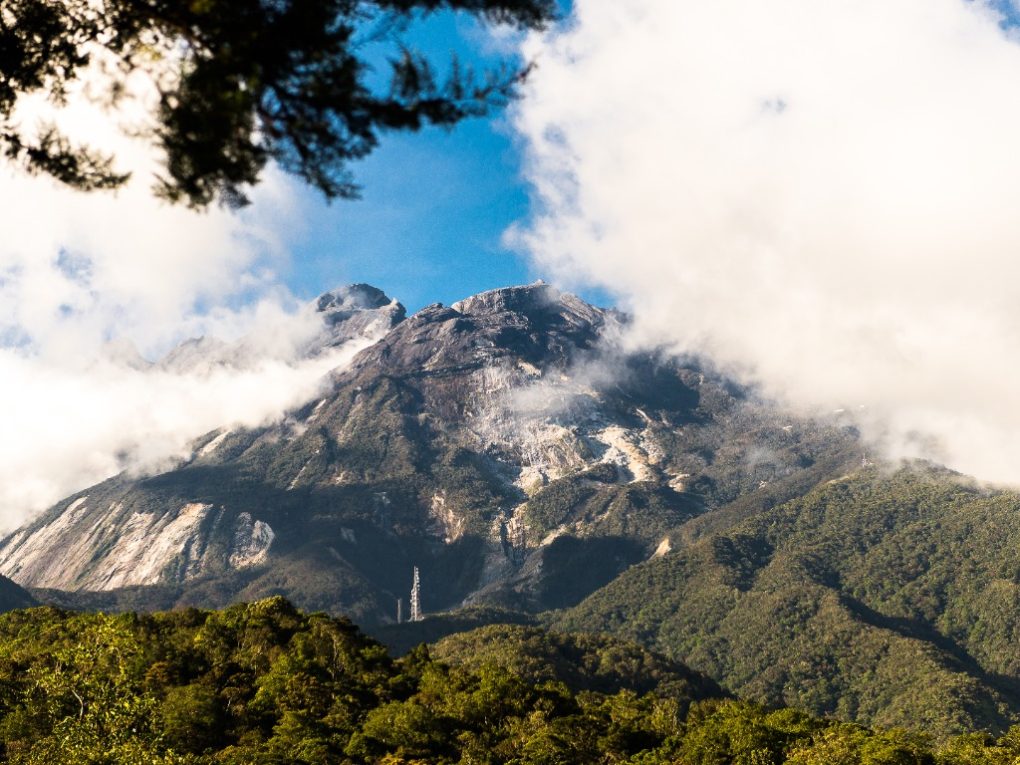

Mount Kinabalu is located in Kinabalu Park, a UNESCO World Heritage Site in Sabah. It is the highest mountain in Malaysia and the 20th highest in the world. The mountain is known for its stunning views and unique flora and fauna, including the world’s largest flower, the Rafflesia, and the Kinabalu Giant Red Leech. Climbing Mount Kinabalu is a popular activity for adventurous travelers but requires a permit and a guide.
Taman Negara National Park
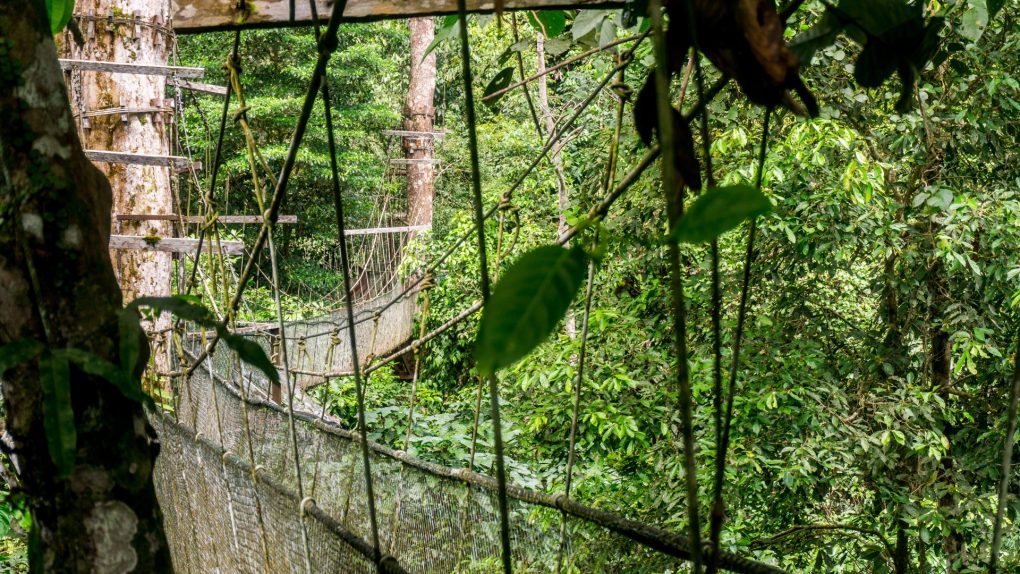

Taman Negara National Park is one of the oldest rainforests in the world, estimated to be over 130 million years old. It is home to diverse flora and fauna, including tigers, elephants, and the endangered Malayan tapir. Visitors can explore the park’s lush rainforests on guided walks, canopy walks, and river cruises.
Langkawi Sky Bridge
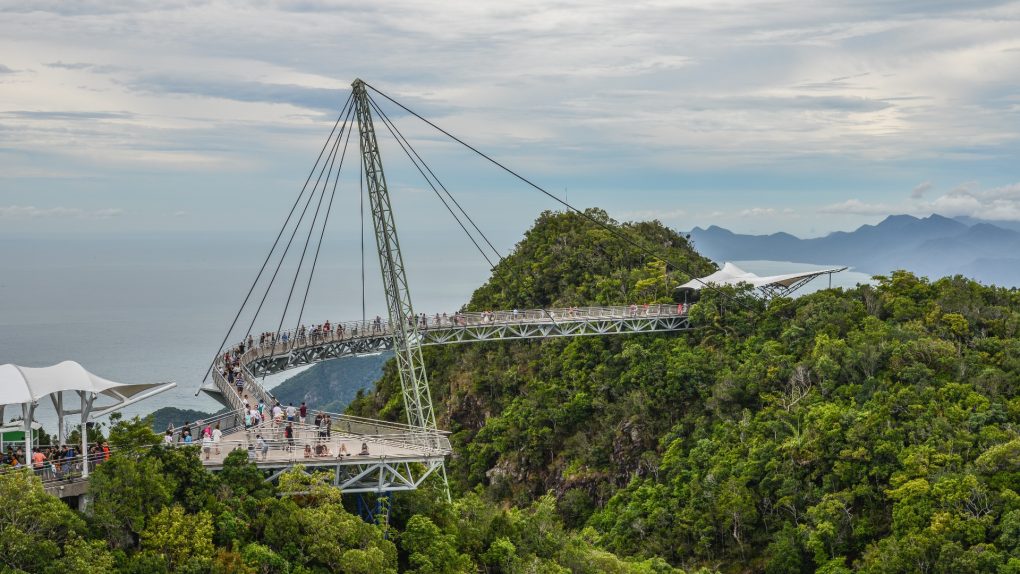

Langkawi Sky Bridge is a 125-meter-long curved pedestrian bridge located 700 meters above sea level on Gunung Mat Cincang in Langkawi. The bridge offers stunning views of the Andaman Sea and the surrounding rainforest. Visitors can access the bridge via a cable car ride, which offers panoramic views of the island.
Overall, Malaysia’s natural landmarks offer a unique and unforgettable experience for travelers exploring the country’s natural beauty.
Modern Landmarks
Malaysia is known for its modern and impressive landmarks, and these structures have become iconic symbols of the country’s progress and development. Here are some of the most notable modern landmarks in Malaysia:
Petronas Twin Towers
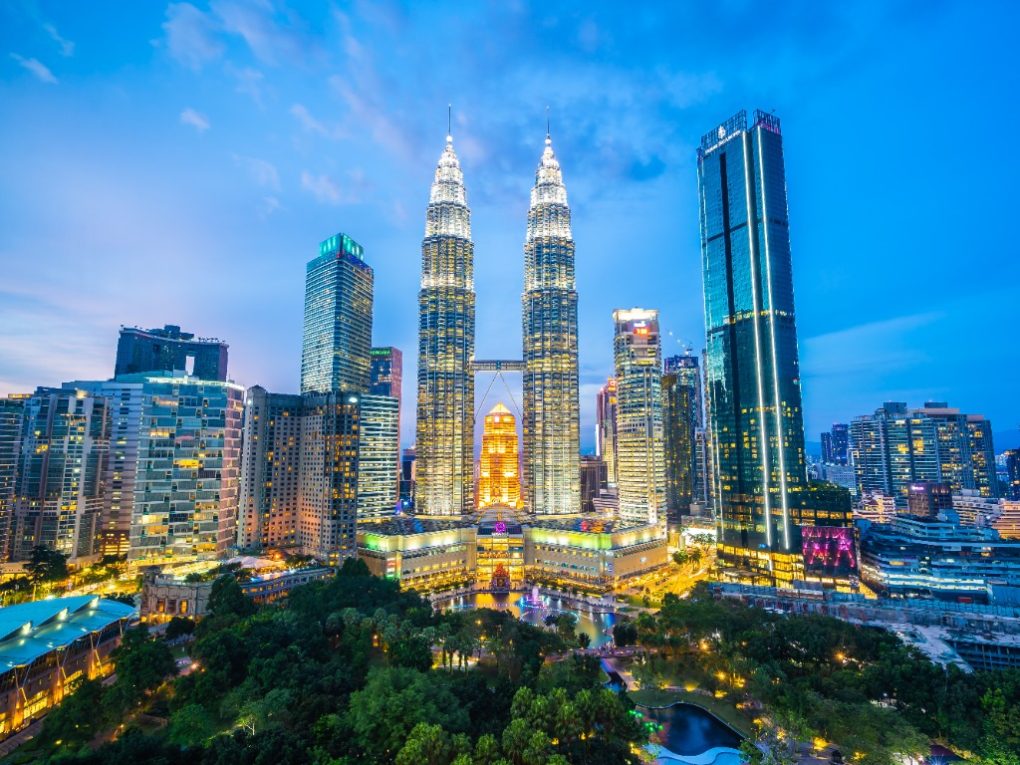

The Petronas Twin Towers are the most famous modern landmarks in Malaysia. These twin skyscrapers were once the tallest buildings in the world and continue to be the tallest twin towers globally. The towers are located in Kuala Lumpur and are home to offices, a shopping mall, and a concert hall. Visitors can tour the towers and enjoy breathtaking city views from the observation deck.
KL Tower
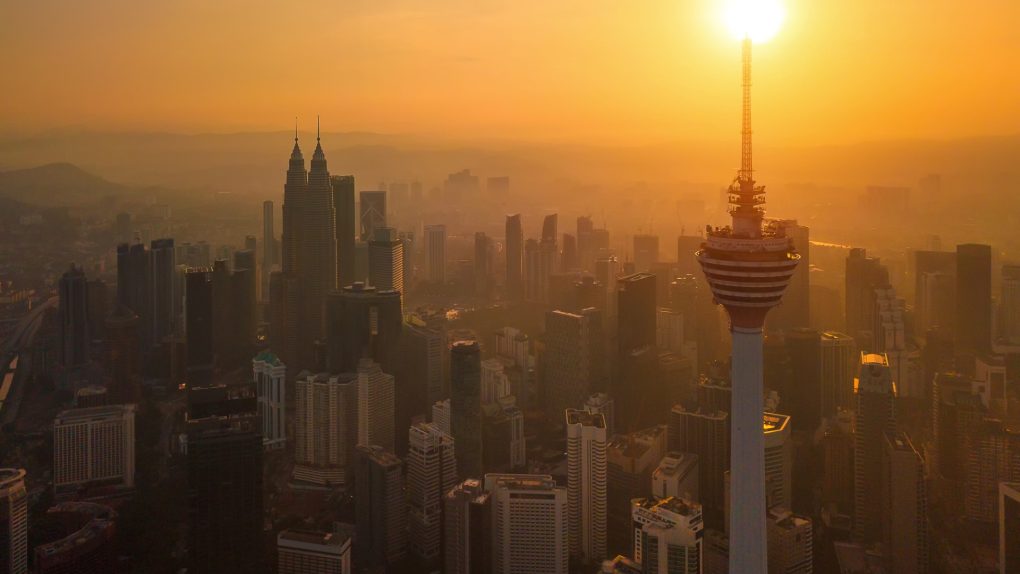

The KL Tower, also known as Menara Kuala Lumpur, is another iconic modern landmark in Malaysia. This tower is 421 meters tall and the seventh tallest freestanding tower globally. The tower’s design is inspired by Islamic architecture, and visitors can enjoy stunning views of Kuala Lumpur from the observation deck.
Menara Taming Sari
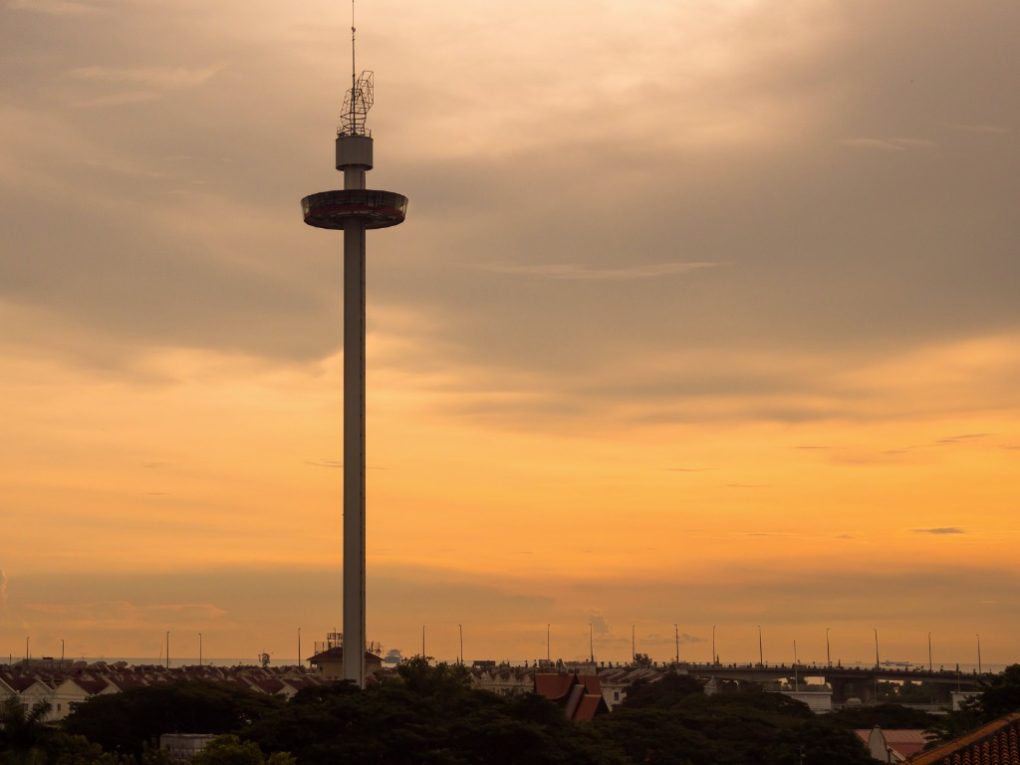

The Menara Taming Sari is a modern landmark located in Melaka. This tower is 110 meters tall and shaped like a traditional Malay weapon called the Taming Sari. Visitors can ride on the tower’s revolving observation deck and enjoy panoramic views of Melaka’s skyline.
Malaysia’s modern landmarks are impressive structures and offer visitors a unique perspective of the country’s progress and development.
Cultural Landmarks
Sultan Abdul Samad Building
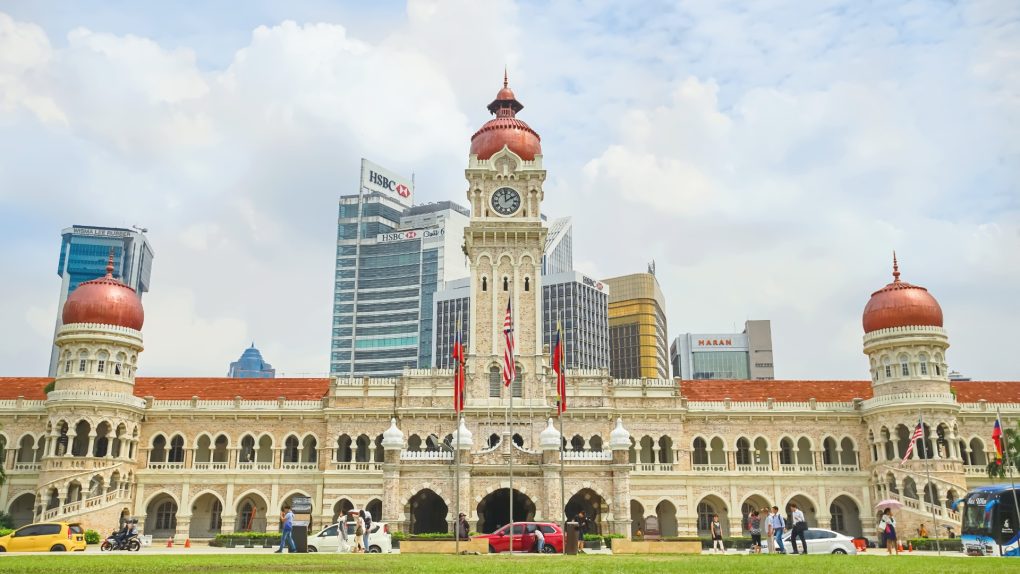

Sultan Abdul Samad Building is an iconic landmark in Kuala Lumpur, Malaysia, representing the country’s rich cultural heritage. The building was constructed in 1897 during the British colonial period and served as the administrative center of the colonial government. Today, it houses the Ministry of Information, Communications and Culture.
The building’s design blends Moorish, Islamic, and European architectural styles. It features a distinctive clock tower, copper dome, and intricate details on its façade. The building has witnessed many historical events, including the lowering of the Union Jack and the raising of the Malaysian flag during the country’s independence in 1957.
Thean Hou Temple
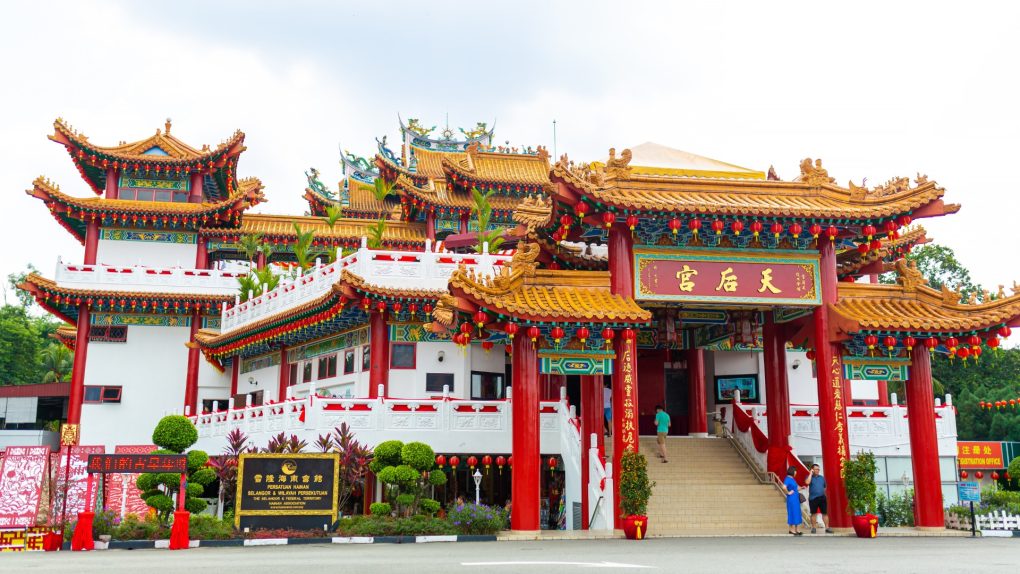

Thean Hou Temple is a six-tiered Chinese temple in Kuala Lumpur, Malaysia. The temple was built in 1987 and is dedicated to the goddess Tian Hou, the Queen of Heaven. The temple is a popular tourist attraction and a significant cultural landmark in Malaysia.
The temple’s architecture blends traditional Chinese and modern architectural styles. It features ornate carvings, intricate details, and vibrant colors. The temple is a place of worship for Buddhists, Taoists, and Confucianists. Visitors can explore the temple’s various halls, pagodas, and gardens and learn about Chinese culture and traditions.
Chinatown, Kuala Lumpur
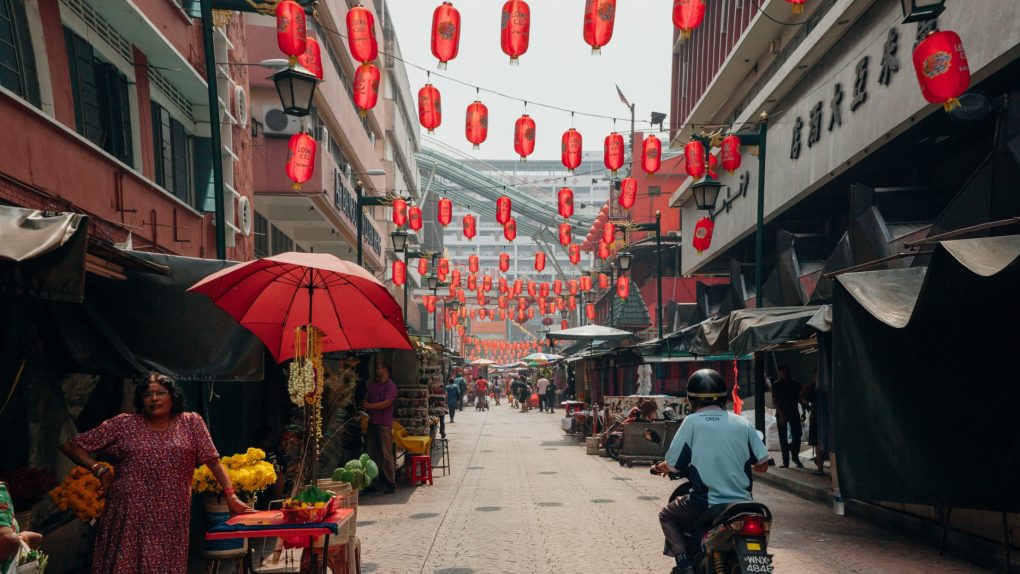

Chinatown is a vibrant and bustling district in Kuala Lumpur, Malaysia, home to a significant Chinese community. The district is a melting pot of Chinese, Malay, and Indian cultures known for its street food, markets, and traditional Chinese architecture.
Visitors can explore Chinatown’s many shops, stalls, and restaurants and sample local delicacies such as bak kut teh, char kuey teow, and dim sum. The district also has several cultural landmarks, including the Sri Mahamariamman Temple, the Chan See Shu Yuen Temple, and the Guan Di Temple.
Chinatown is a must-visit destination for anyone interested in experiencing the vibrant cultural diversity of Malaysia.
Malaysia’s cultural landmarks offer visitors a unique insight into the country’s rich and diverse cultural heritage. From iconic buildings to religious temples and bustling districts, these landmarks are a testament to Malaysia’s vibrant and colorful history.
